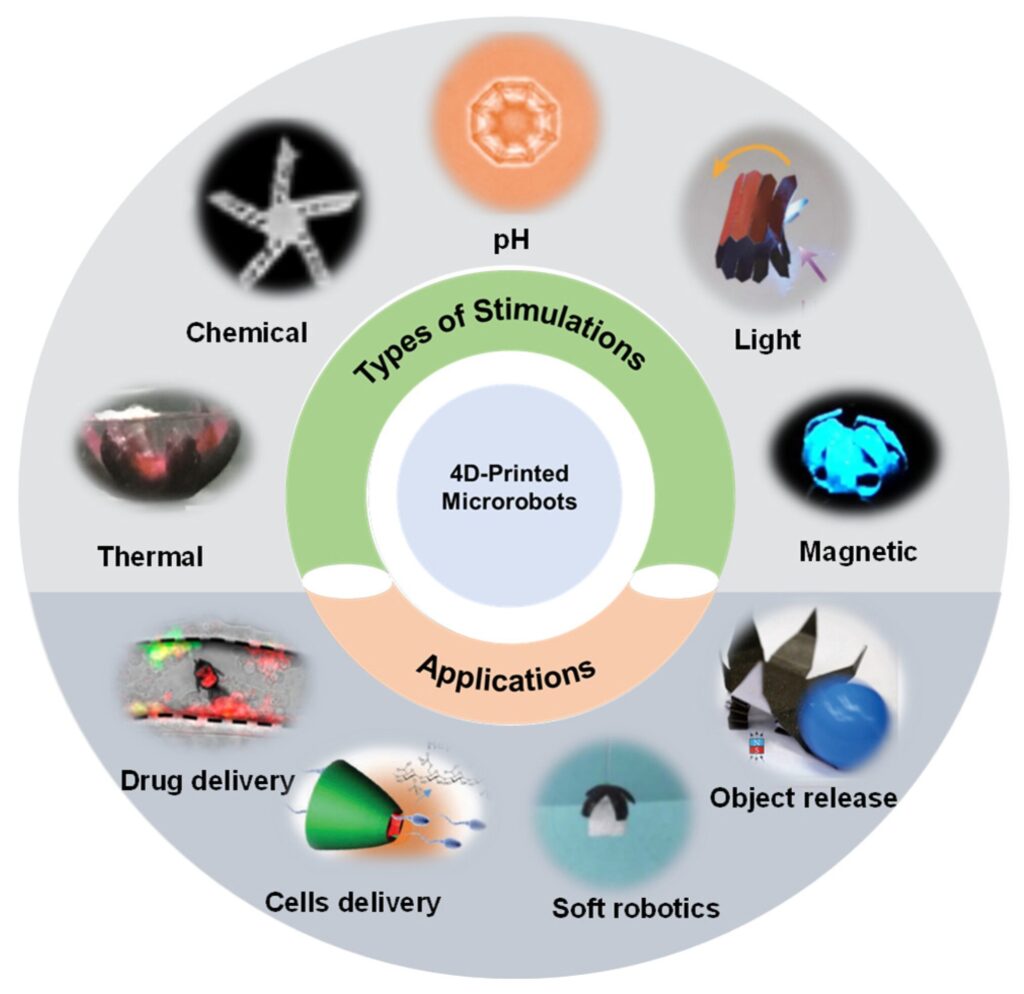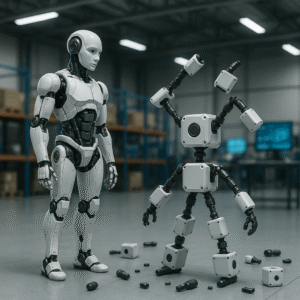Imagine tiny robots, smaller than a grain of rice, swimming inside your body to deliver medicine precisely where it’s needed. That’s no longer sci-fi. Researchers at Nanyang Technological University, Singapore, have developed soft microrobots with that level of finesse—and this breakthrough could change the way we treat diseases. (NTU Research News)
Design That Handles the Inside of You Like a Dream
The team created microrobots composed of soft, biocompatible materials that mimic jellyfish-like motion. They’re built to swim through bodily fluids using flexible appendages or magnetic actuation—basically tiny magnets guiding them. On top of that, these microrobots are capable of carrying drug payloads or performing basic interventions. Their soft construction also means they can deform as needed within tight environments like blood vessels or tissue gaps.
Why This Could Be a Game-Changer
Traditional drug delivery often means systemic dosing—your whole body absorbs most of the drug, and only a fraction reaches the target. That’s why we see side effects and dosing limits. These microrobots offer pinpoint delivery, potentially allowing for smaller doses and fewer side effects. Imagine delivering chemotherapy directly to a tumor or navigating through micro-structures in the brain with minuscule accuracy. It’s a precision surgeon that fits inside your bloodstream.
Where We’re at and What’s Next
Right now, NTU’s team has tested these microrobots in lab-based veins using fluids that mimic body conditions. They’ve shown they can steer through bends and even with mild turbulence—promising signs. The next steps include testing in animal models and exploring sterilization techniques, safety profiles, and manufacturing at scale. It’s early-stage, but the direction feels promising.
Industry and Regulatory Impact
The medical world is already buzzing about micro- and nanorobotics in targeted therapy. If these soft microrobots pass preclinical testing, they’ll need a tailored regulatory pathway—especially given their ability to move autonomously inside the body. This could spur new guidelines from agencies like the FDA or EMA on safety, biodegradability, and off-by-one-system failure modes. Successful deployment could also open doors for researchers to rethink everything from pest control to environmental monitoring using tiny robot swarms.
Why I’m Excited
I’ve covered a lot of robotics—from humanoid demos to factory cobots—but this one hits special. The idea of smart machines inside our bodies, moving gently like cells, feels profound. This isn’t about replacing humans—it’s about giving medicine new superpowers. It’s inspiring to think that within a few years, tiny robots could deliver lifesaving treatment where it matters most.
Source:
NTU Research News (soft microrobots for biomedical use)




